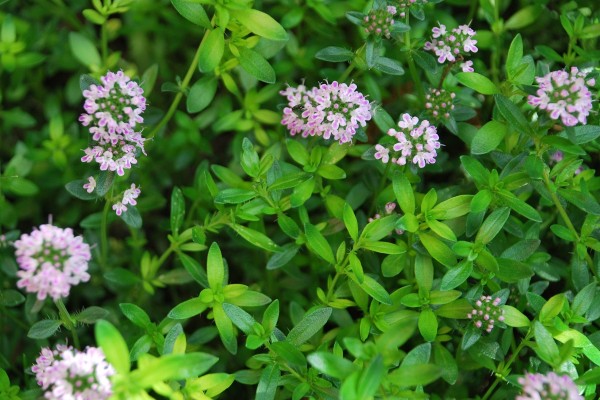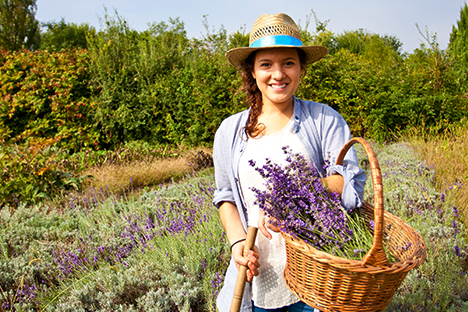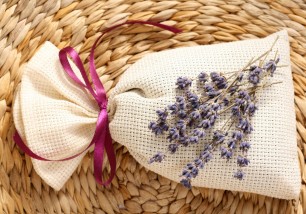WINTER SAVORY
BOTANICAL NAME:Satureja montana L.

PLANT DATA
| Common Name: | Winter savory |
| Botanical Name: | Satureja montana L. |
| Family: | Lamiaceae |
| Origin: | Mediterranean region |
| Other names: | ES: Ajedrea FR: Sarriette des jardins DE: Winterbohnenkraut |
Latest tag


Subshrub species, perennial with erect stems, very branched, slightly pubescent. It has a fasciculated root system with a woody consistency. The leaves are opposite, whole, linear-lanceolate. The pale pink or white flowers are collected in apical inflorescences, taken to the axils of the leaves. It blooms in full summer (June-July). The fruit is a tetrachene.
OTHER SPECIES:
Satureja hortensis, commonly known Summer Savory, is an annual herbaceous species. It has an essential oil with greater flavoring power than Winter Savory.
HERBAL TEA CUT
After having been gathered, the plant is put to dry in the sun or shade for a short time to ensure that the color and aroma of the plant are maintained. Next, the well-dried plant undergoes beating and sieving to get a clean spice. A product of good quality should have a clear green color, intense smell, and there shouldn’t be seeds present.
ESSENTIAL OIL
The essential oil is extracted from the whole plant using steam distillation. Through extraction with a solvent it is possible to also get an oleoresin. Caution: the essential oil of Winter Savory (Satureja montana) is sometimes adulterated with common Thyme (Thymus vulgaris).
TINCTURE
A tincture is obtained by maceration of the whole plant, harvested at blooming, and placed in a 65-proof hydro alcoholic solution.
Climate and soil:
It prefers calcareous soils and mountainous areas with a good sun exposure. It’s spontaneous up to a height of 1500 m.
Planting and propagation:
It is possible to plant by dividing the head, or by using seedlings obtained in the nursery; it’s rare to sow directly in the field due to the genetic inhomogeneity of the culture.
The sow in the nursery occurs in late winter and the seedlings are transplanted in the field at the beginning of the summer.
If propagation is made by dividing the head, the portions must be planted at the same time as those coming from the nursery.
Crop duration:
The cultivation lasts 5-6 years
Cutivation care:
The cultivation requires a good availability of nutrients that can be buried during the working of the soil or during the planting of the seedlings.
During the growing cycle, it may be necessary to do some weeding to eliminate the infesting weeds.
Among the fungal parasites that can damage the foliar parts of the plant, it is necessary to pay attention to rust (Puccina menthae Pers.).
Harvesting:
The harvest is carried out at the moment of flowering for the flowering tops. The leaves must be harvested just before flowering.
The material harvested during the flowering will be used for distillation.
As the summer season proceeds, the essential oil becomes more and more fragrant and has a more delicate flavor; for this reason if the product is meant to be used for culinary purposes, it is recommended to harvest in late summer ,when the flowering reaches its apex.
The harvest is carried out by mowing the plants, avoiding to damage the woody portions, which must remain for the following year and assure the vegetative growth of the plant.
The yield in fresh material is around 10-15 t / ha.
Parts of the plant used:
Flowering tops, leaves
Properties and uses:
Savory essential oil is strongly antiseptic.
It exhibits antibacterial and fungicidal properties, and is therefore a good remedy in the treatment of urinary(it is active against Candida albicans) and respiratory tract infections .
Thanks to these properties, winter savory E.O. is part of the group of major germicidal aromatic oils (together with oregano, thyme, cinnamon, clove).
Traditionally the plant is used in the treatment of digestive difficulties, nausea and meteorism.
The essential oil has an antiseptic and antispasmodic effect, that together with the astringent activity of the tannins present in the drug determines the antidiarrheal action of winter savory based preparations, which are useful in case of gastroenteritis.
The leaves are mainly used for culinary purposes, as a flavoring , especially for meat and seasonings.
The plant is also used in the vermouth liquor industry.



